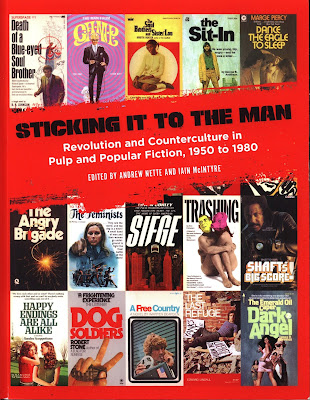Great Masters of Fantasy Art
by Eckart Sackmann
Taco (Germany) 1986
'Great Masters of Fantasy Art' (96 pp) was published by Taco in 1986; it's an English-language version of the book Meisterwerke Der Fantasy-Kunst originally published in German that same year.
The explanatory text is provided by Eckart Sackmann (b. 1951) a German writer who has authored a number of articles about comics and comic art, with an emphasis on German representations.
The book is intended to present fantasy art, as it stood in 1986, in a manner akin to that of Fine Art or Studio Art. The 16 profiled artists represent the major illustrators in the field at that time, and should be familiar to anyone who read paperbacks or Heavy Metal magazine: Frank Frazetta, Boris Vallejo, Rowena Morrill, Michael Whelan, and Don Maitz, are among the featured painters.
For me, the main value of 'Great Masters of Fantasy Art' is the way that paintings originally intended for paperback covers, record album art, or magazine covers are reproduced in larger dimensions (the book is 9 x 12 inches). This permits the viewer to see the brushwork and the texture of the underlying canvas, and gain an understand as to how commercial art was crafted in the era before computers, scanners, and Adobe came to dominate the process.
Looking at the several paintings of Frank Frazetta in this manner is instructive. When enlarged, you can see that the paintings are not particularly polished or finely drafted (Frazetta didn't use an airbrush) but their composition and use of color is cannily executed, and when reduced to the dimensions of the paperback book, the paintings 'work' in the sense of selling the book. In this way it's easier to see how Frazetta could regularly produce such a large number of paintings to satisfy the commercial markets.
One drawback to the book is that the author doesn't always provide the titles of the books and magazines that the artwork was commissioned for, but I suspect that Baby Boomers who were fans of sci-fi and fantasy content back in the 80s will intuit the final products from these paintings.
Summing up, while its short length prevents it from being a must-have acquisition, for those with a fondness for this style of art, or with nostalgic feelings for this era of genre literature, 'Great Masters of Fantasy Art' may be worth picking up, particularly when copies in good condition can be had for around $10.





















































.jpg)






















